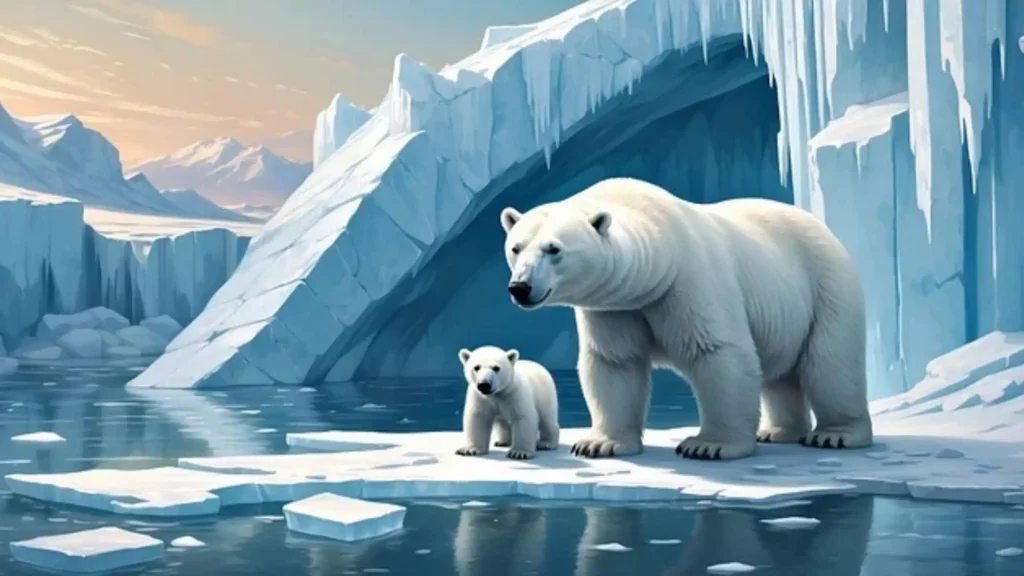Climate
The period weather refers to the lengthy-time period patterns of temperature, humidity, wind, precipitation, and different atmospheric situations in a particular area. It isn’t always similar to climate, which refers to brief-time period changes within the surroundings. While weather can trade within minutes or hours, climate describes the average conditions predict. The location over lengthy intervals, commonly a long time or centuries.
The Key Components of Climate
Several factors have an impact on the climate of a place, and expertise in those is essential to comprehending how climates vary throughout the globe:
Latitude: The role of a place on the subject of the equator drastically influences its climate. Areas close to the equator, known as tropical areas, tend to be warmer, while regions toward the poles are generally chillier.
Altitude: As elevation increases, the temperature decreases. This is why mountainous areas frequently have cooler climates, even supposing they may be placed close to the equator.
Ocean Currents: Water bodies including oceans and seas have an impact on climate with the aid of transferring heat from one location to another. Warm currents can improve temperatures, even as bloodless currents can lower them. solar gadget
Proximity to Water: Coastal areas generally revel in milder climates compared to inland areas because water heats and cools more slowly than land. This results in extra moderate temperatures year-round for regions close to big water bodies.
Wind Patterns: Global wind styles, because of the rotation of the Earth and unequal heating of its surface, play an important role in distributing warmth and moisture throughout different areas.
Human Activities: Human-induced elements like industrial emissions, deforestation, and urbanization are more and more affecting local and worldwide climates. Greenhouse gases together with carbon dioxide (CO₂) entice heat inside the surroundings, mainly due to adjustments in climate over the years.

Different Climate Zones
The Earth is split into climate zones based on temperature and precipitation styles. Each area has particular traits:
Tropical Climates: Found near the equator, tropical areas are characterized by using heat temperatures year-round, with ample rainfall in regions like rainforests. The principal subtypes are tropical wet and tropical dry.
Arid and Semi-Arid Climates: These regions, including deserts, acquire very little rainfall. High daylight temperatures and cooler nights are traditional in those climates.
Temperate Climates: These are placed among the tropics and polar areas. Temperate zones enjoy mild temperatures with distinct seasons. Mediterranean climates, with dry summers and moist winters, fall beneath this category. solar gadget reviews
Polar Climates: Found in regions close to the poles, those climates experience extremely cold temperatures, with snow and ice protecting the ground for a good deal of the year. Summers are short, and winters are long and harsh.
Mountain Climates: Higher elevations have cooler temperatures, regardless of range. Precipitation is frequently heavier at better altitudes, and snow is commonplace in those areas.
What is Climate Change?
Climate alternate refers to lengthy-time period shifts in temperature, climate styles, and other climate indicators, commonly as a result of human activities. Over the past century, humans have had an impact—specifically the burning of fossil fuels and deforestation. that has significantly multiplied the concentration of greenhouse gases in the ecosystem. These gases lure warmness, main to a warming impact called the greenhouse effect.
The outcomes of weather trade encompass:
Global Warming: The Earth’s common floor temperature has risen by using approximately 1°C since the late nineteenth century. While this can seem small, it has had good-sized consequences, particularly in the shape of melting glaciers, rising sea levels, and changing weather patterns. blog
Extreme Weather Events: There is growing evidence that weather exchange is contributing to greater frequent and intense climate events, including heatwaves, floods, droughts, and storms.
Rising Sea Levels: As global temperatures upward thrust, polar ice caps and glaciers melt, including water to the oceans. This, mixed with the thermal expansion of seawater as it warms, is causing sea ranges to upward push, threatening coastal communities.
Ocean Acidification: Increased CO₂ tiers inside the surroundings lead to higher degrees of dissolved carbon dioxide in oceans, ensuing in acidification. This has extreme influences on marine life, mainly species that depend upon calcium carbonate to shape their shells and skeletons.
The Impact of Climate Change
The impacts of climate change are being felt across the globe and affect not only the of the surroundings but also economies and human health. Key influences consist of:
Biodiversity Loss: Many plant and animal species are struggling to conform to rapidly changing climates, main to disruptions in ecosystems. For example, hotter oceans have caused coral bleaching, which threatens marine biodiversity. Business Services
Agriculture and Food Security: Changes in temperature and precipitation styles are affecting agricultural productiveness. Droughts and unpredictable climate styles can lead to crop failures, threatening food resources.
Water Resources: Climate trade alters the water cycle, leading to more intense droughts in a few regions and heavier rainfall in others. These modifications can bring about water shortage or flooding, with good-sized effects on communities and industries.
Human Health: Rising temperatures and extreme weather events contribute to the spread of illnesses, in particular the ones transmitted via insects including mosquitoes. Additionally, heatwaves can lead to warmness-related ailments and deaths, in particular among susceptible populations.
Economic Impacts: Climate-associated disasters like hurricanes, wildfires, and floods will have devastating. The monetary effects, costing billions in damages and disrupting livelihoods.
What Can Be Done?
Addressing climate exchange requires a worldwide effort to lessen greenhouse gas emissions and adapt to the adjustments already taking place. Some key movements include: General
Reducing Carbon Emissions: Shifting from fossil fuels (like coal, oil, and herbal gas) to renewable strength assets (consisting of wind, sun, and hydroelectric) is critical to lowering CO₂ tiers inside the environment.
Energy Efficiency: Improving power performance in homes, transportation, and enterprises can drastically reduce emissions and keep expenses.
Reforestation and Afforestation: Planting timber and protecting forests are vital for absorbing carbon dioxide from the surroundings and keeping biodiversity.
International Cooperation: Global agreements together. The Paris Agreement goal to unite nations inside the combat in opposition to climate alternate, putting objectives for reducing emissions. The restricting worldwide temperature upward thrust to below 2°C.
Adaptation Strategies: Communities have to additionally adapt to the effects of weather trade, consisting of constructing. The flood defenses, growing drought-resistant plants, and improving emergency response systems.
Conclusion
Climate plays a critical position in shaping the planet and lifestyles as we comprehend it. However, because the consequences of weather exchange grow to be more obvious, it’s increasingly essential for humanity to take action. By information on the science of climate, spotting the outcomes of climate alternates, and working collectively. We can mitigate its impacts and defend the Earth for future generations.
